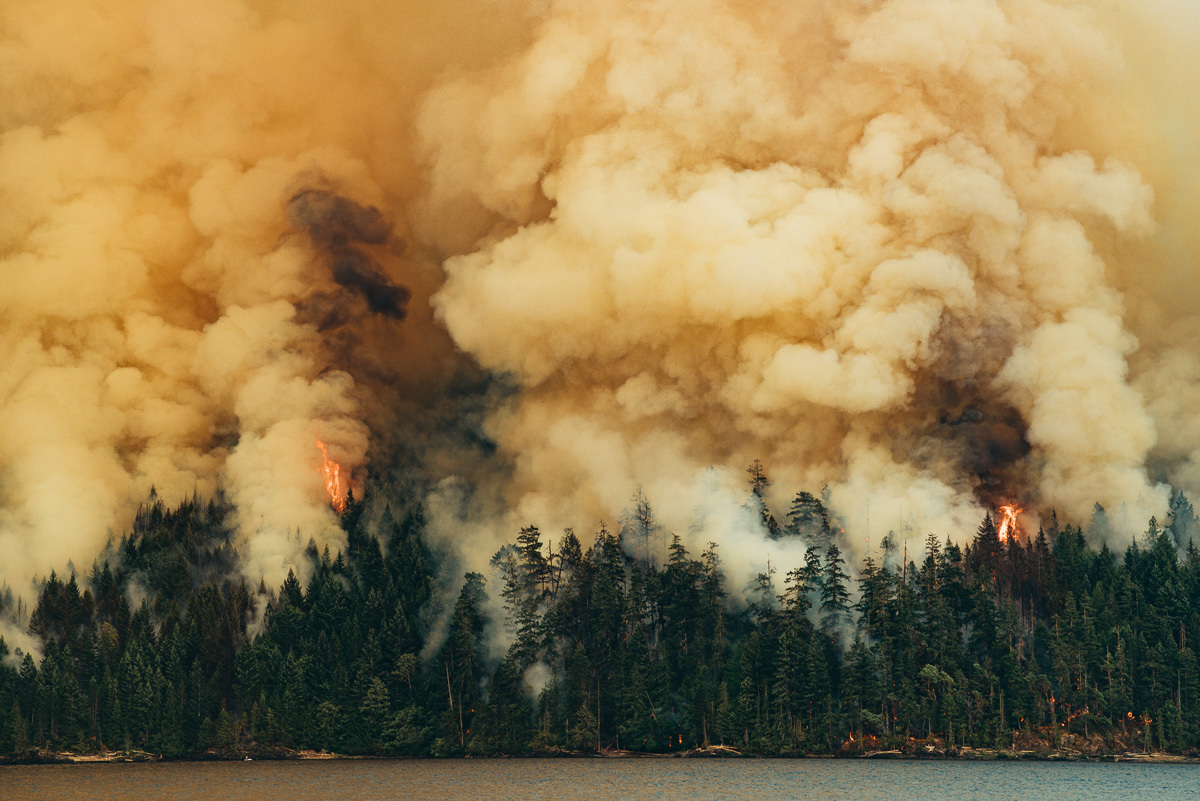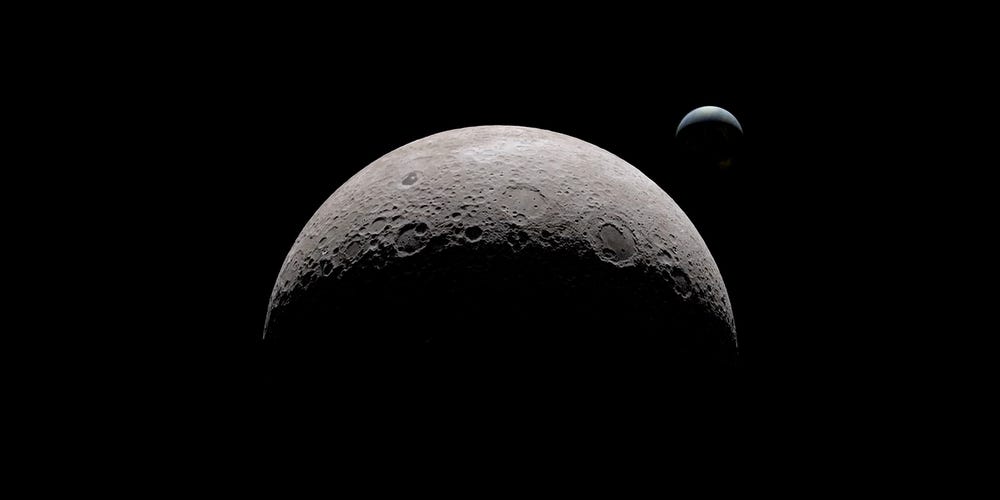Everything except three percent of Earth’s ecosystem has been to various extents destroyed by humans, recent studies show.
According to Earther, 97 percent of the Earth’s ecosystem is no longer “ecologically intact.” This means that the remaining three percent of land are the only areas that have undisturbed habitats and healthy populations for any original species to grow and inhabit. Andrew Plumptre, the lead author of the study indicated, “Fieldwork by many people clearly shows there are species that have been lost from these areas of intact habitat—large and medium carnivores and large and medium herbivores in particular. Some have been lost or reduced in number because of hunting by people, some lost because of the introduction of invasive species, such as cats and dogs, and some due to disease.”
The research assessed the functional intactness of terrestrial ecosystems. The results concluded that “faunal intactness was 2.9% of the land surface and functional intactness 2.8%.” Due to hunting, the introduction of invasive species, industries, and other anthropogenic impacts, much of the ecosystems have been completely destroyed with much of the damage being irreversible.
The study goes on to say that in order to attempt to restore the Earth’s ecosystem, scientists must reintroduce a small number (between one and five) of large mammal species on the brink of extinction to play crucial functions in specific areas. Eastern Russia, Northern Canada, Alaska, the Sahara Desert, the Amazon Rainforest and the Congo tropic forest are key areas for the rehabilitation of the ecosystems.
Plumptre concludes the research with an impactful reminder urging humans to “think about restoring species to regain ecological integrity across more of the Earth.”




